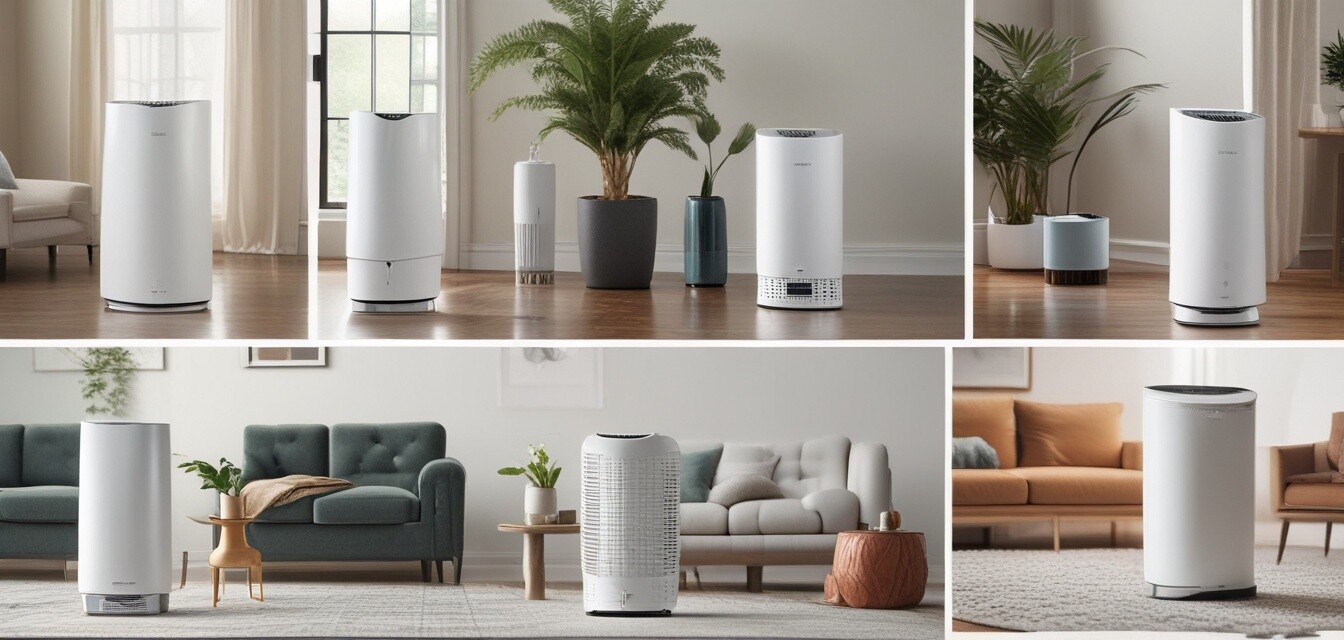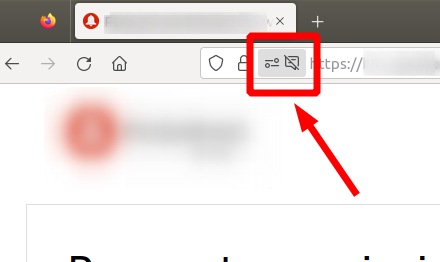
How the Pandemic Has Influenced Air Purifier Trends
- The COVID-19 pandemic has heightened consumer awareness regarding indoor air quality.
- Smart and efficient air purifiers have gained popularity as health-conscious consumers prioritize safety.
- Activated carbon filters and HEPA technology are becoming standard features in air purifiers.
- Sustainable practices are influencing purchasing decisions, promoting eco-friendly air purifiers.
The global COVID-19 pandemic has had a profound impact on numerous aspects of daily life, and one of the unexpected areas of growth has been the air purifier market. As consumers become increasingly aware of the importance of indoor air quality, various trends have emerged in how people view and use air purifiers. This article delves into the significant changes in consumer attitudes towards air purifiers and how manufacturers are responding to these shifts.
Understanding Consumer Behavior Shift
Before the pandemic, many consumers viewed air purifiers as an optional luxury rather than a necessity. However, as information about airborne transmission of viruses spread, there has been a considerable shift in how air purifiers are perceived.
Increased Awareness of Indoor Air Quality
The need for clean air became more pronounced during the pandemic, influencing consumer behavior in several ways:
- Heightened awareness of respiratory problems caused by poor air quality.
- Growing desire for dust and allergen reduction, especially for families and individuals with pre-existing conditions.
- Recognition of airborne diseases and their correlation with indoor environments.
Adoption of Advanced Technology
As consumers seek more effective air purification solutions, technology has played a vital role in meeting these demands. Below is a table reviewing some notable technological advancements in the air purifier industry:
| Technology | Description | Benefits |
|---|---|---|
| HEPA Filtering | High Efficiency Particulate Air filters that capture 99.97% of particles. | Extremely effective at trapping allergens and small particles. |
| Activated Carbon | Used to absorb odors and volatile organic compounds (VOCs). | Improves air freshness and eliminates toxins. |
| Smart Technology | Wi-Fi enabled features that allow remote monitoring via apps. | Enhances user experience through ease of use and real-time air quality feedback. |
| UV-C Light | A method of sterilizing the air by destroying pathogens. | Provides an additional layer of protection against airborne viruses. |
Trends in Air Purifier Purchases
The shifting focus towards air quality has driven trends in how and what consumers purchase. Here is what we've observed:
Rise of Smart Air Purifiers
Smart air purifiers are quickly becoming a staple in modern households. They come equipped with features such as:
- Real-time air quality readings.
- Remote access via smartphone apps.
- Integration with home automation systems.
Consumers are gravitating towards these devices due to their convenience and effectiveness in monitoring air quality. For more on smart air purifiers, visit our section on smart air purifiers.
Preference for Eco-Friendly Options
Sustainability is taking center stage, with consumers increasingly mindful of eco-friendly practices. As a result:
- Consumers are opting for air purifiers made from recyclable materials.
- Purge low VOC emissions from the product and packaging.
- Energy-efficient models are seeing an increase in demand.
Brands that prioritize sustainable manufacturing and energy conservation will likely see growth as consumers search for activated carbon air purifiers that emphasize eco-friendliness.
Market Expansion and Brand Response
In response to these consumer trends, the air purifier market has expanded significantly:
- New brands have emerged, each offering innovative products tailored to today's consumers.
- Established brands are enhancing their product lines with advanced features to stay competitive.
Online Shopping and Consumer Education
The pandemic has accelerated the shift towards online shopping. As a result, brands are focusing more on:
- Providing detailed product information and FAQs on their websites.
- Utilizing social media for consumer engagement and education.
- Offering virtual demonstrations and interactive content.
For more insights on new air purifier technologies, check out our blog on news and trends.
Conclusion
The COVID-19 pandemic has catalyzed significant changes in the air purifier market, prompting consumers to prioritize their indoor air quality like never before. Heightened awareness, technology adoption, and eco-friendly approaches are driving current trends. As we move forward, brands will have to continue innovating to meet changing consumer needs while providing safe and effective air purification solutions.
Pros
- Heightened awareness of the importance of air quality.
- Increased availability of smart and sustainable products.
- Greater consumer engagement and education through online platforms.
Cons
- Oversaturation of the market with competing products.
- Some consumers may still prioritize price over quality.
- Misleading marketing claims may create confusion.

